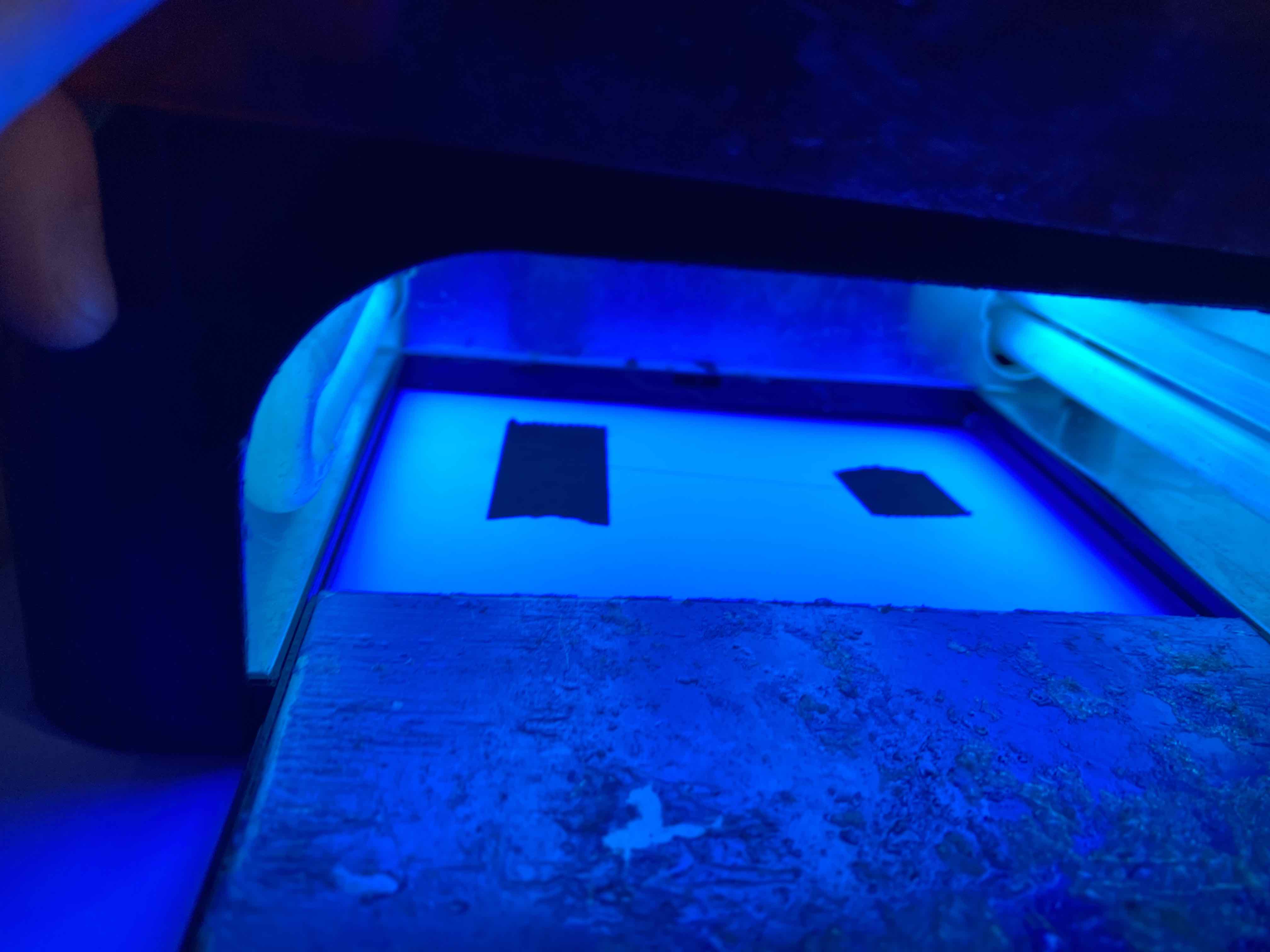00
Materials
This section focuses on the materials I explore to support what machines make with. To start, I am largely focused on photopolymers since this allows the synthetis of materials with a wide range of mechanical and "smart" properties.
Background Papers
- Multimaterial Resin Printing Two photoinitiatiors
- Xolography: Dual Color Photoiniator
- Axial 3D printing Single Photoiniator
- Liquid Crystal Elastomer Fiber Single Photoinitiatiors
First Steps
One material I am particularly interested in fabricating with is Liquid-Crystal Elastomers. These materials contract when heated to 60C and re-expand when cooled - this intrinsic reversibility is know as two-way shape memory and can be a desirable property for shape changing devices. The paper on Liquid Crystal Elastomer fiber fabricates them into long fibers (Albeit the resulting fibers are uneven) that can be sewn and woven into textiles to create adaptive garments.
I went ahead and ordered all the materials for these fibers.
- 1,4-Bis-[4-(3-acryloyloxypropyloxy)benzoyloxy]-2-methylbenzene LCE Monomer
- 2,2′-(Ethylenedioxy)diethanethiol Crosslinker
- Pentaerythritol tetrakis(3-mercaptopropionate) Chain Transfer Agent
- 2-Hydroxy-2-methylpropiophenone Photoinitiator
- Dipropylamine Strong base
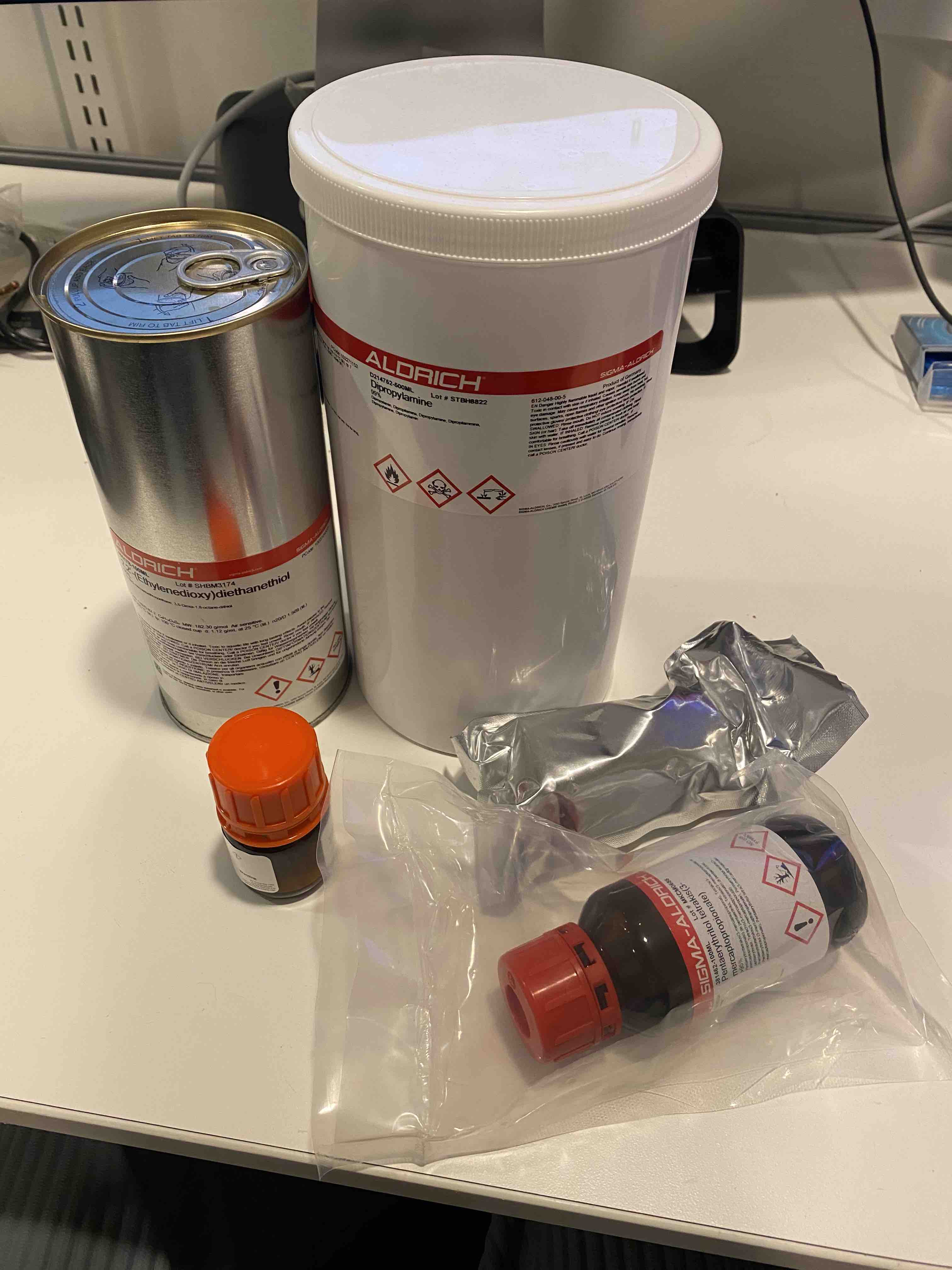
Once they arrived I worked in the wetlab with Cedric to try synthesizing the fibers. We followed the procedure from this paper but halved the amount of material.

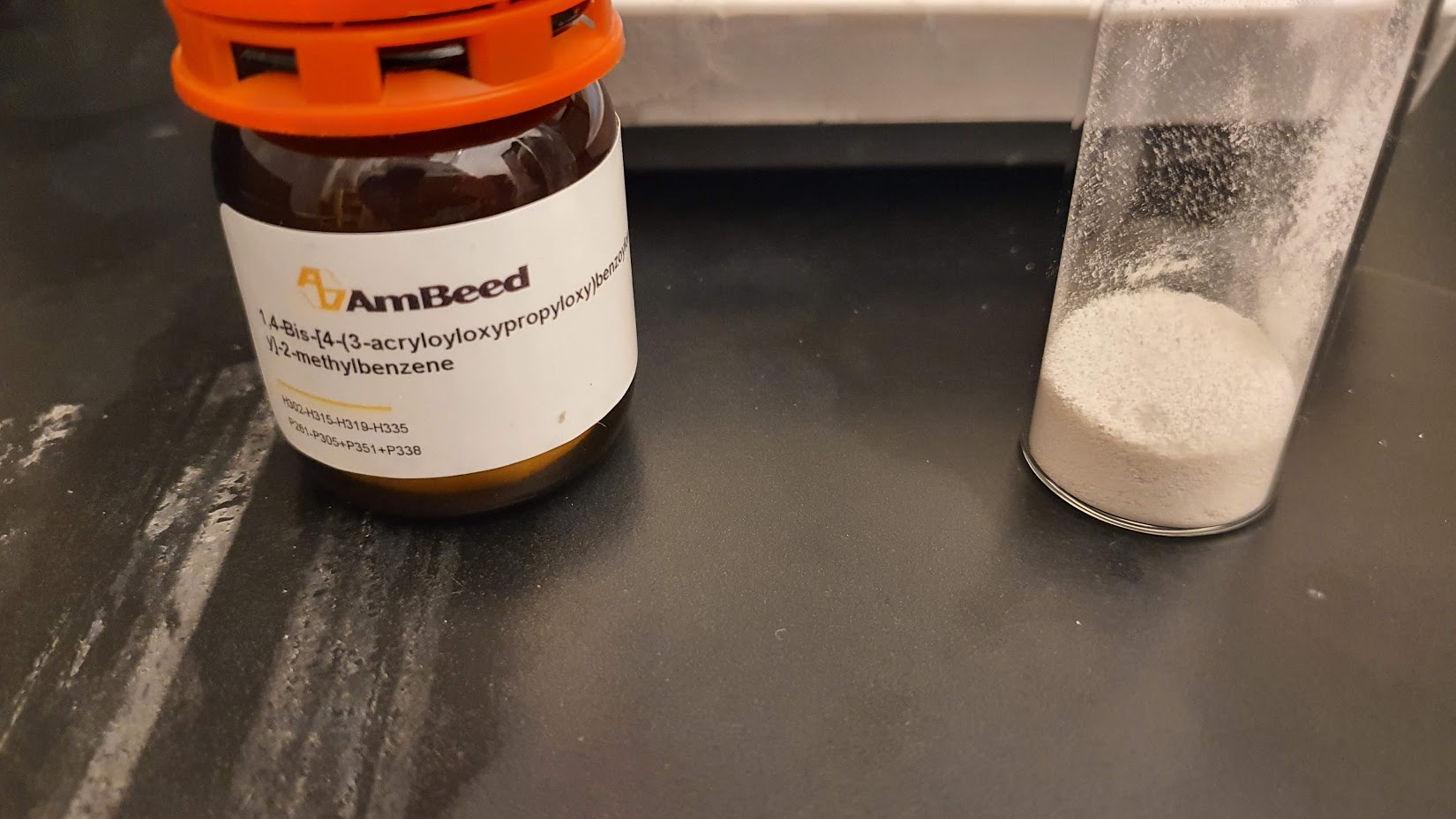
After degassing, we quickly loaded the fiber into syringe of different sizes for 300 micron to 900 micron and extruded lines on a clean glass plate. We also wanted to try "molding" fibers by letting them cure inside the nozzle tips. These were all loaded into a oven and left to cure for 48 hrs. In the future this cure time can be reduced to 10 minutes (or faster) by increasing the amount of dipropylamine added.

Once cured, the LCE monomer stuck too much to the glass plate. I ordered a teflon sheet for future tests. But, the needle samples could be easily removed and looked better than the original fiber paper. I then stretched it, and UV cured it to align the LCE. Finally, we tested it and it worked beautifully. It shrank around 50% when heated with a heat gun at 100C, and recovered surprisingly fast. The future fibers will be even thinner, so the higher surface area:volume ratio means faster transformation in the future.
Here is the fiber from the original paper, for reference.

I also requested a quote for more of the material

I was extremely excited to find a paper that synthesize LCE that actuates at body temperature. This is done by mixing the same LCE I used before with PEGDA (a common acrylate used for photopolymerization). I ordered the new materials for this, although I did not have to buy many as most of the chemicals are the same.
I also went ahead and tried nozzles of other sizes for the LCE. I was able to generate really nice fibers with diameters down to 250 micron. Generally you need fiber sizes between 300-600 microns in order to use conventional textile techniques.
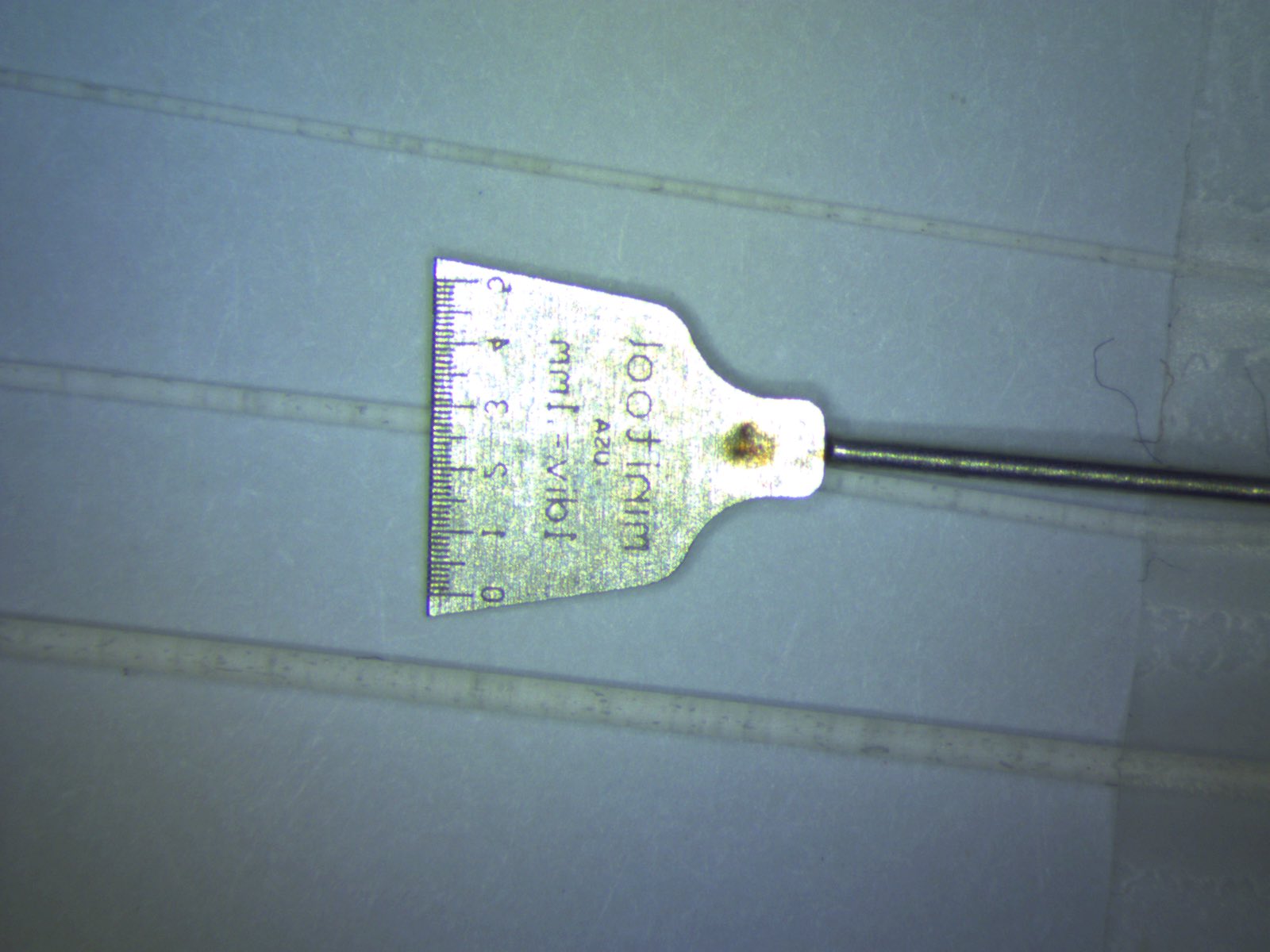
I placed an order for 500g of the LCE material and it arrived! Along with the other materials needed to try the body temperature actuating fiber. Cedric and I will try out the latter this week.

Cedric and I also worked on tryingto cast longer fibers of the LCE. They are currently baking, but should be done tonight! In order to get the longer fibers, we injected the resin into thin tubing (we are trying different metals and rubbers). From there we let them cure in the oven. We hope that this can become a continuous process. One other note is that we increased the amount of dipropylamine from 1:50 raito with toulene to 1:20. This means the curing will speed up. It should haveo nly taken 10 minutes, but it ended up taking longer. I am not sure why but I will look into it.
This week I tried making body temperature LCE. The directions from the paper were a bit opaque, a I messed up the calculation on the first attempt

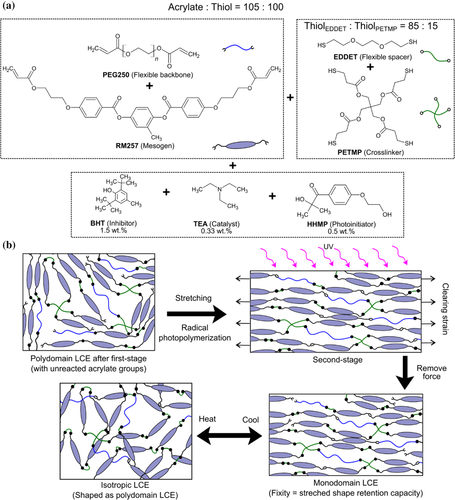
I made an excel spreadsheet that allows meto dynamically calculate the added amounts of the different materials depending on how much LCE I wanted to start with.

I tried casting the fiber into a plastic tubing, which has the benifit of being able to be coiled up and placed into the oven, but it was impossible to get out. I also tried a batch with no inhibitor, since with inhibitor the reaction took 12 hours at 100 C. But this started crosslinking before even adding the catalyst and I couldnt mold it.

I tried casting the fiber into a plastic tubing, which has the benifit of being able to be coiled up and placed into the oven, but it was impossible to get out. I also tried a batch with no inhibitor, since with inhibitor the reaction took 12 hours at 100 C. But this started crosslinking before even adding the catalyst and I couldnt mold it.

I did however get a nice result from the one cast in the needly, and was able to stretch it out and uv cure it.

